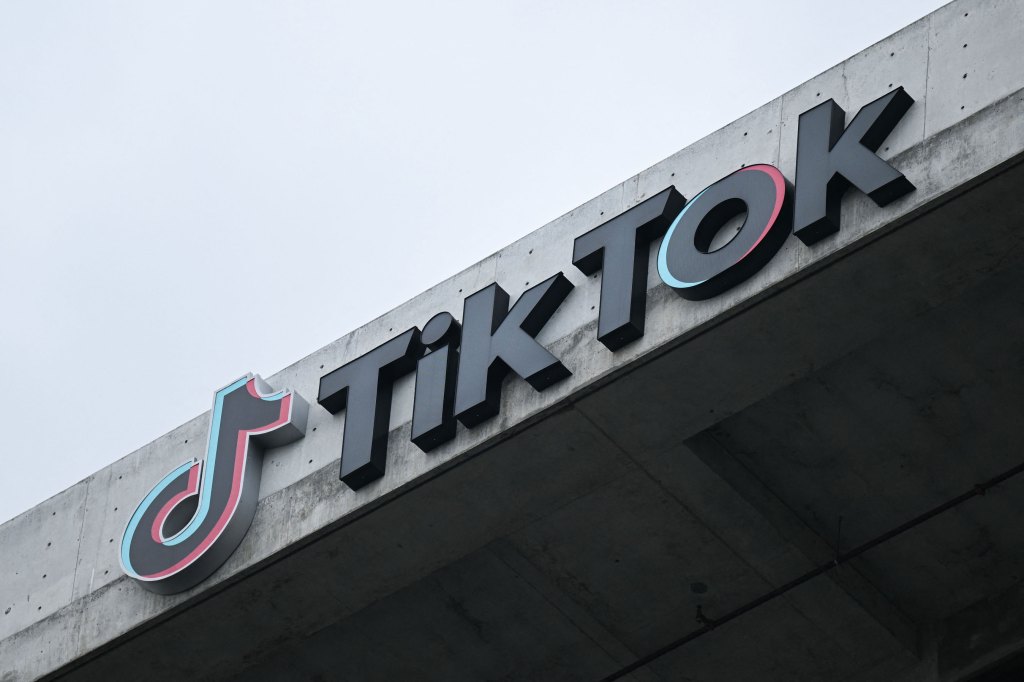Henrik Fisker once envisioned a burgeoning EV empire at the startup he named after himself, which was to be led by the Ocean SUV. But cracks started showing in that vision almost as soon as the Ocean hit the road in 2023.
Fisker cut production targets multiple times, failed to meet sales goals and laid off staff. What’s more, its Ocean SUV was beset with software and mechanical issues, rendering it inoperable for some. Add troublesome brakes, sudden power loss and doors that wouldn’t open to the list of issues that led to multiple safety investigations and ultimately a pause in production in order to raise new capital.
All of this and more has forced Fisker to file for Chapter 11 bankruptcy protection, marking the beginning of an inauspicious period for the eponymous startup. Below is a timeline of the events that led the automaker to this point.
2023
Fisker fell short of its Q2 production target
July 7 — The automaker produced 1,022 Ocean SUVs in the second quarter of 2023, several hundred vehicles short of its expectation of producing between 1,400 and 1,700 EVs.
Fisker sold convertible notes to fund operations
July 10 — Fisker announced plans to sell $340 million in convertible debt, expecting the net proceeds to be $296.7 million. The automaker said it planned to use the funds to support its general corporate operations and add an additional battery pack line to “support growth” in 2024 and beyond. The company said funds will also be used for capital expenditures and the development of future products.
Production target cut
December 1 — Fisker cut its annual production guidance in an effort to free up $300 million in working capital. The company said it expected to produce about 10,000 vehicles in 2023. The production guidance is just a quarter of Fisker’s bullish forecast from a year ago.
2024
Fisker struggled to meet internal sales goals
January 1 — Fisker remained far from meeting its publicly stated goal of delivering 300 electric SUVs per day globally. The EV startup spent much of December aiming to meet an internal sales goal of between 100 and 200 vehicles a day in North America, where the bulk of its inventory and sales efforts are. Fisker fell well below that target, often selling just one to two dozen of its Ocean SUVs a day here.
Ocean SUV investigated over braking loss complaints
January 15 — Federal safety regulators have opened an investigation into Fisker’s first electric vehicle over braking problems. Owners had lodged 19 complaints with NHTSA on issues ranging from brake loss and problems with the gear shifter to a driver door failing to open from the interior and two instances of the vehicle’s hood suddenly flying up on the highway.
Owners flagged sudden power loss and brake problems for months
February 9 — Since the initial fleet of Fisker Ocean SUVs were delivered, customers have reported more than 100 separate loss-of-power incidents. The company told TechCrunch it believes these problems are rare, and that it has resolved “almost all the issues” with software updates. Customers have also reported sudden loss of braking power, problematic key fobs causing them to get locked inside or outside of the vehicle, seat sensors that don’t detect the driver’s presence and the SUV’s front hood suddenly flying up at high speeds.
Feds opened 2nd probe into the Ocean SUV after rollaway complaints
February 16 — The National Highway Traffic Safety Administration has opened a second investigation into EV startup Fisker’s Ocean SUV, after the agency received four complaints about the vehicle rolling away unexpectedly, including one injury. The company tells TechCrunch it is “fully cooperating” with the safety agency.
Fisker laid off 15% of staff
February 29 — Fisker announced its plan to lay off 15% of its workforce and says it likely does not have enough cash on hand to survive the next 12 months. The company says it is trying to find a way to raise that money as it works through a pivot from direct sales to a dealership model.
Pause in production with just $121M in the bank
March 18 — Fisker announced it would pause production of its electric Ocean SUV for six weeks as it scrambles for a cash infusion. The company said in a regulatory filing that it had just $121 million in cash and cash equivalents as of March 15th, $32 million of which is restricted or not immediately accessible. Fisker also said that its accounts payable balance is up to $182 million and that there is “substantial doubt” that it can continue operations without raising new capital.
Fisker lost Nissan deal, putting rescue funds at risk
March 25 — The negotiations between Fisker and a large automaker — reported to be Nissan — over a potential investment and collaboration were terminated, a development that puts a separate near-term rescue funding effort in danger. Fisker revealed in a regulatory filing that the automaker terminated the negotiations March 22. It did not explain why. But the company had to keep the negotiations going as part of one of the closing conditions for a potential $150 million convertible note.
Trading suspended by NYSE
March 25 — The New York Stock Exchange suspended trading shares of Fisker and moved to take the company off its stock exchange, because it is “no longer suitable for listing” because of “abnormally low” price levels.
Fisker lost track of millions of dollars in customer payments for months
March 27 — Fisker temporarily lost track of millions of dollars in customer payments as it scaled up deliveries, leading to an internal audit that started in December and took months to complete. Fisker struggled to keep tabs on these transactions, which included down payments and in some cases, the full price of the vehicles, because of lax internal procedures for keeping track of them, according to three people familiar with the internal payment crisis. In a few cases, it delivered vehicles without collecting any form of payment at all, they said.
New round of layoffs to ‘preserve cash’
April 29 — EV startup Fisker Inc. is laying off more employees to “preserve cash,” making good on a plan announced one week before, according to an internal email viewed by TechCrunch. Fisker expects to seek bankruptcy protection within the next 30 days if it can’t come up with that money, according to a U.S. Securities and Exchange Commission regulatory filing.
Fisker stiffed engineering firm
May 3 — Fisker stopped paying the engineering firm that helped develop the Pear, a low-cost EV meant for the masses, and the Alaska, Fisker’s entry into the red-hot pickup truck market. The firm also accuses Fisker of wrongfully holding onto IP associated with those vehicles.
Fisker Ocean faced fourth federal safety probe
May 10 — The U.S. National Highway Traffic Safety Administration (NHTSA) has opened a fourth investigation into the Fisker Ocean SUV to probe multiple claims of “inadvertent Automatic Emergency Braking.” The eight complaints allege that owners experienced sudden activation of the Automatic Emergency Braking system in moments where there were no other vehicles or obstructions in the path of their cars.
Hundreds of workers cut to keep EV startup alive
May 29 — An additional hundreds of employees were laid off during the final week of May in a bid to stay alive, as the automaker continues to search for funding, a buyout or prepare for bankruptcy. One current and one laid off employee estimated that only about 150 people had remained at the company.
Inside Fisker’s collapse
May 31 — The road to Fisker’s ultimate ruin may have started and ended with its flawed Ocean SUV, which was riddled with mechanical and software problems. But it was paved with hubris, power struggles, and the repeated failure to set up basic processes that are foundational for any automaker.
Ocean SUV issued first recall
June 12 — Fisker issued the first recall for the Ocean SUV because of problems with the warning lights, according to new information published by the NHTSA. The instrument panel displays the brake, park and antilock brake system warning lights in the wrong font size and, at times, in the wrong color, making them non-compliant with Federal Motor Vehicle Safety Standards. The agency also says “multiple warning lights fail to illuminate during the ignition cycle.”
Fisker filed for bankruptcy
June 18 — After a year of struggling to stay afloat, Fisker filed for Chapter 11 bankruptcy protection. The California-based company had been seeking a deal with another automaker in a last-ditch effort to rescue the enterprise. The company estimated assets of $500 to $1 billion and liabilities of between $100 million and $500 million, according to the filing.
Fisker failed because it wasn’t ready to be a car company
June 18 — In the wake of its bankruptcy, Fisker said it will continue “reduced operations,” including “preserving customer programs, and compensating needed vendors on a go-forward basis.” In other words, it will continue to manage a bare-bones operation in case there is a willing buyer of the assets it’s putting up for sale in the Chapter 11 case.






























Comment